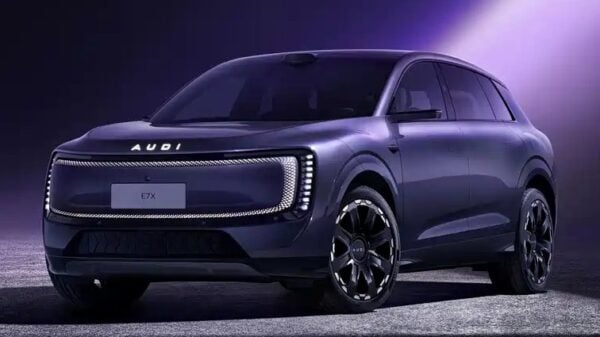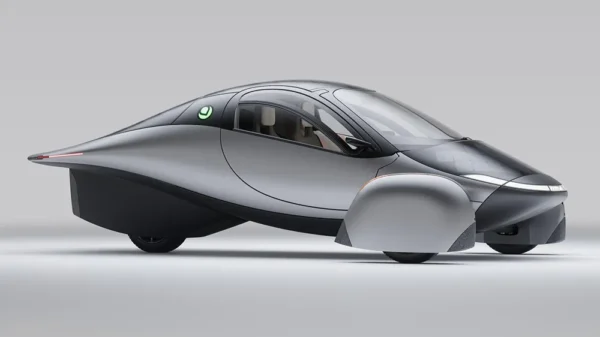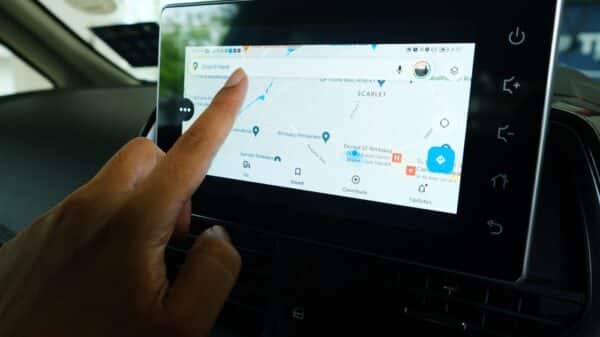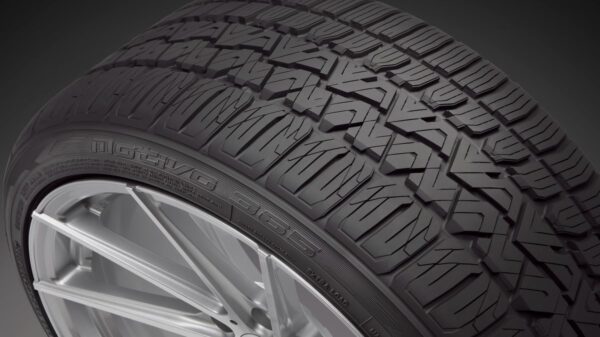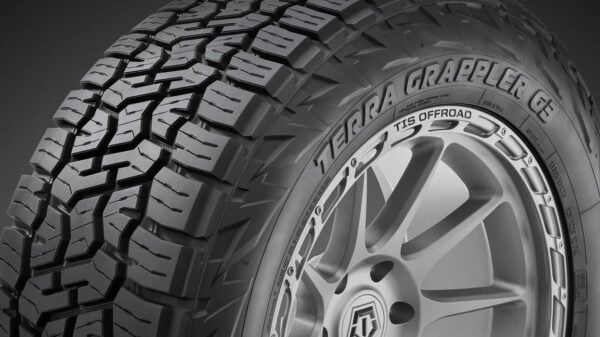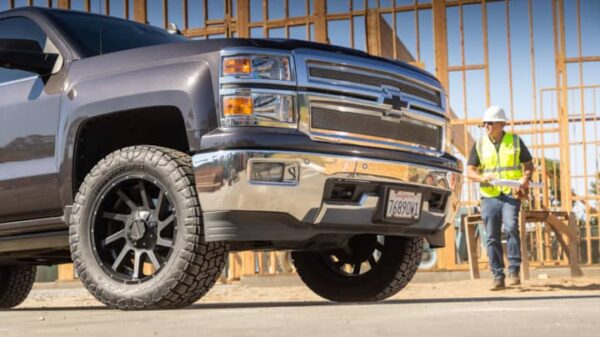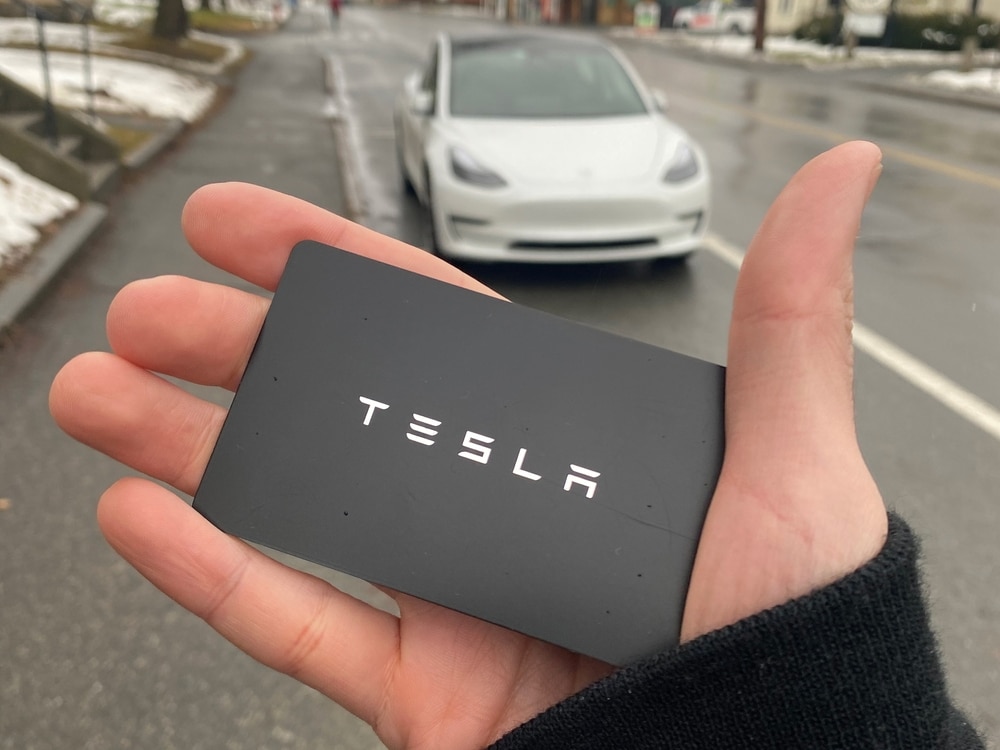Tesla has long provided two key cards with the purchase of new Model 3 and Model Y vehicles, serving as the go-to option for accessing these electric cars without the need for traditional metal keys. However, recent updates to the owners’ manuals for these models suggest a potential shift. As reported by Not A Tesla App, references to the inclusion of these key cards have been quietly removed, raising questions about their availability moving forward.
The Rise of Phone Keys
For many Tesla owners, using their smartphones as the primary vehicle key has made forgetting traditional keys a non-issue. The convenience of having a smartphone on hand at all times makes this option appealing and practical. The shift toward eliminating physical key cards may not come as a surprise, especially given the technological developments around mobile applications.
The owners’ manual for both Model 3 and Model Y previously contained lines stating, “Tesla provides you with two Model 3/Y key cards, designed to fit in your wallet.” However, this specific wording has vanished, leading to speculation that key cards may no longer come standard with at least the Standard trims of these vehicles.
Understanding the Implications
While we can’t directly verify this information with Tesla, as the automaker disbanded its PR team back in 2019, the omission from the manual bears significance. Over the years, Tesla has shown a pattern of omitting text that hints at changes in what is included with the vehicle purchase. For instance, the removal of certain terms related to features like Autosteer during the rollout of the Cybertruck suggested forthcoming adjustments without formal announcements.
Cost-Cutting Measures at Tesla
On the surface, the decision to potentially eliminate key cards might seem minor, but for Tesla, it underscores a broader strategy of cost-cutting. If key cards are indeed removed from the package, consumers who still wish to have one will need to pay an additional $40. While this may appear minimal relative to the overall cost of the vehicle—such as the $39,990 Model Y Standard trim—the figure represents a significant percentage of savings for Tesla.
If we consider that each key card might cost Tesla around $2 to produce, the savings could quickly accumulate. For instance, in just one quarter, this could mean nearly $1 million saved if they removed key cards for multiple vehicle deliveries. If every customer decided to purchase a key card, the revenue would dramatically increase, highlighting a lucrative opportunity for Tesla.
Customer Perception and Convenience
While some customers may not object to spending an additional $40 on a key card, the perception of ‘nickel-and-diming’ is something Tesla must take into account. Physical keys are crucial for various practical reasons, such as in instances when a car needs to be serviced or lent to someone else. The absence of a physical key could create challenges, particularly in urban settings or when using services that require a conventional key.
However, one area where Tesla excels is in the reliability of its phone-as-a-key system, which operates smoothly for most users. Compared to other automakers struggling with similar technologies, Tesla has managed to create a fairly robust solution, although it’s important to note that mechanics and valets will still require some form of physical key, diminishing the convenience of the digital approach in certain contexts.
In summary, Tesla’s potential removal of key cards from the Model 3 and Model Y may reflect broader trends in the automotive industry towards digital solutions. While this might streamline operations and reduce costs for Tesla, customer convenience and expectations remain crucial considerations. The debate on the practicality of key cards versus digital access is ongoing, but it will be essential for Tesla to address customer needs as it navigates this transitional phase.






